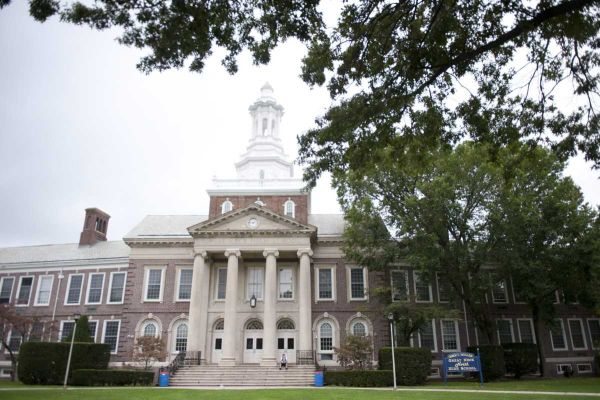State utility regulators will issue a formal recommendation on whether, and by how much, our PSEG Long Island and the Long Island Power Authority (LIPA) electric utility rates should increase over the next three years on Sept. 28.
AARP is pleased that the state Public Service Commission (PSC) recently urged a reduction in PSEG’s original proposal for a three-year, nearly 12 percent hike in electric delivery rates—the highest in the history of the Long Island Power Authority.
Long Islanders simply can’t afford a double-digit increase in the price of one of life’s necessities, especially since they already face the third highest residential electric costs in the continental United States.
Long Island’s utility consumers are struggling: the number of customer arrears and final termination notices surged early last year, while 17,000 LIPA residential accounts—about 46 a day or two households every hour—were terminated in 2014. And an AARP survey of Long Island’s 50-plus voters last year showed nearly half are “extremely” or “very” concerned about being able to pay their utility bills in the coming years.
We think the PSC’s suggestion of a reduction in the proposed rate hike of about one quarter—which would still result in a nearly 9 percent increase over three years—should be the starting point of a discussion with LIPA, not the end.
An AARP analysis found PSEG would raise rates on the backs of low-usage consumers and saddle ratepayers with more of its expenses for power supply cost overruns, major storm restoration costs and shortfalls in interest on borrowing.
Older Long Islanders, especially those on fixed or limited incomes who are typically low energy users, shouldn’t have to carry the load here. They can’t afford it.
Whatever the PSC’s recommendations on Sept. 28, AARP urges LIPA to exhaust any and all options to further reduce the hike.
Bernard Macias
Associate State Director
of AARP for Long Island




























